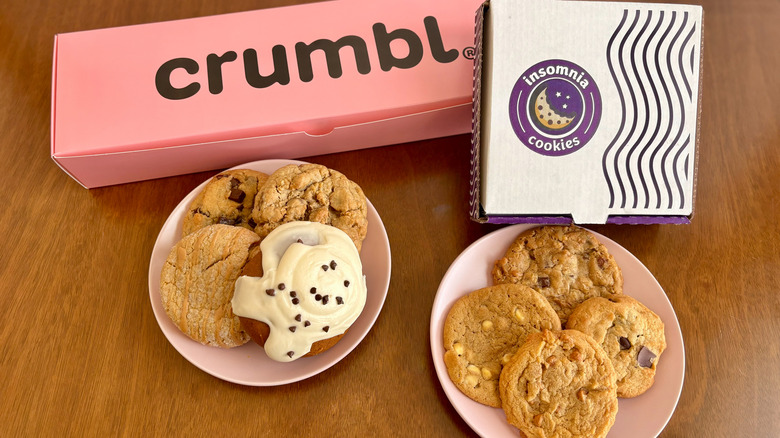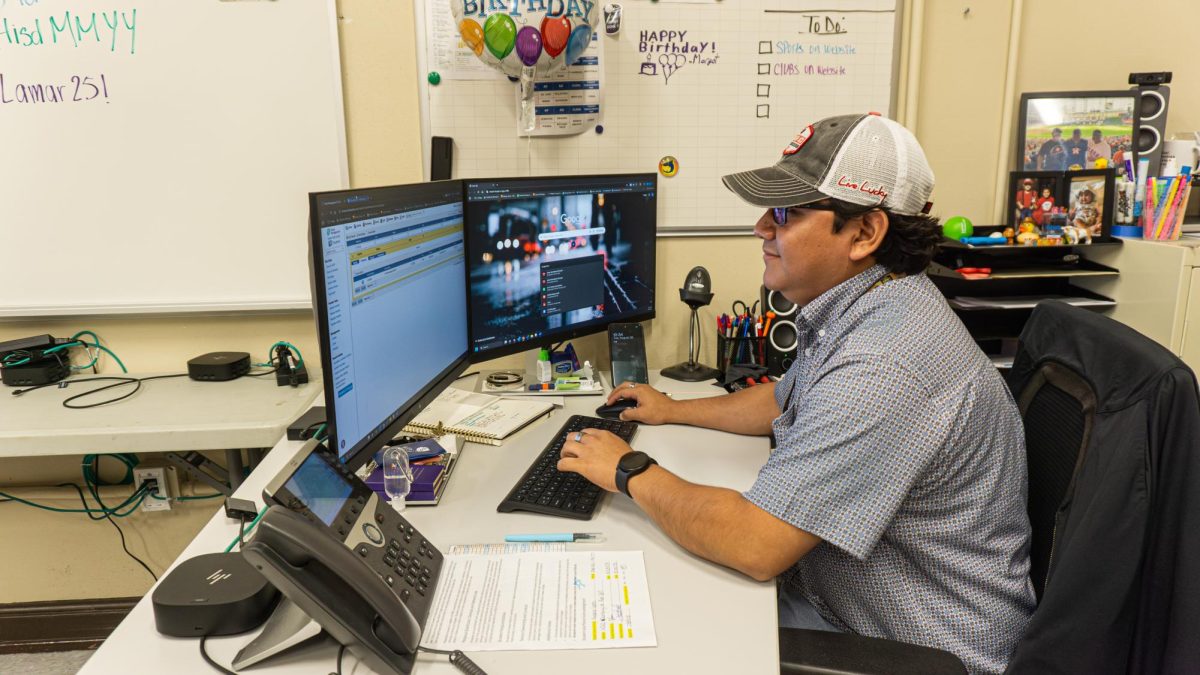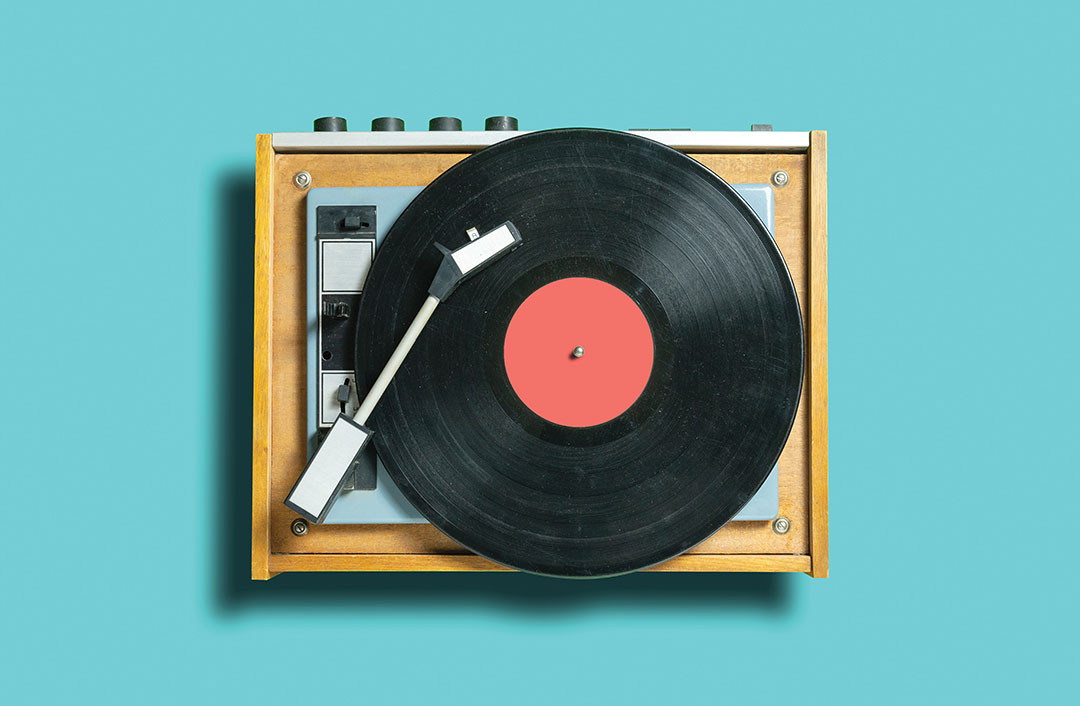With their cool, tactile feel, and distinct sound, vinyl records have played a pivotal role in not only the music industry, but also various subcultures for a little over a century. Although they were once thought to be a relic of the past, vinyl records have seemingly spun their way back into the spotlight, capturing the attention of a new generation eager to embrace the warm, authentic sound and timeless artistry that digital formats simply can’t replace.
While it’s important to recognize the future of vinyl records, we also have to appreciate their past. One of the earliest inventions of playback recorded music was introduced in 1877 with Thomas Edison’s famous phonograph, which was used to record sound using rotating cylinders. But it wasn’t until 1888 that German-American inventor Emilie Berliner came out with the now-iconic gramophone that played flat, grooved discs. With time, Berliner’s invention pushed out Edison’s design due to its cheaper and more efficient manufacturing. Whilst both Edison and Berliner pioneered the concept of capturing sound on physical records, it wasn’t long before Peter Goldmark, an engineer for CBS laboratories, invented the long-playing (LP) record, which is essentially the ‘backbone’ of the vinyl world.
As vinyl records evolved in both material and format, so did the public’s love for the circular-shaped disc. The 1950s and the 1960s are often considered the “golden age of vinyl records.” This was due to the mass production of records, making them increasingly more accessible to a wider audience. But their long-term success quickly came crashing down following the introduction of newer technology such as CDs, iPods, and eventually streaming services such as Spotify.
But not all hope for vinyls was lost. In recent years, the revival of vintage culture has taken society by storm, such as by the resurrection of Y2K fashion or even vintage appliances, including vinyl record players. The Recording Association of America reported that vinyl records made over 1.2 billion dollars in 2022, a 20% increase than the year prior, while also surpassing CD sales for the first time since 1988. Cactus Records, a long-time driving force in the Houston music scene since 1975, gave us their opinion on the rise of record sales in recent years from a business standpoint. “It’s just the way the younger generation is enjoying music right now, and it’s selling. Albums are selling extremely well on vinyl,” Cactus responded. And while both older and younger generations are keeping the vinyl craze afloat, it is mainly the younger demographic who is driving sales – especially in support of their favorite artist or band.
For junior Naz Demir, the resurgence of records is something that hits close to home, as she recalls first being introduced to them by her stepfather, who she says really helped her appreciate having your favorite albums right at your fingertips. “I think it’s a way to be able to keep in touch with our culture and its history, along with enjoying and understanding music as a whole,” said Demir.
In the digital age where music is just a simple click away, the vinyl’s resurgence helps us to remember the joy in slowing down and appreciating the crackle and warmth of a record while also reconnecting with music as both an art form and a shared experience.





























